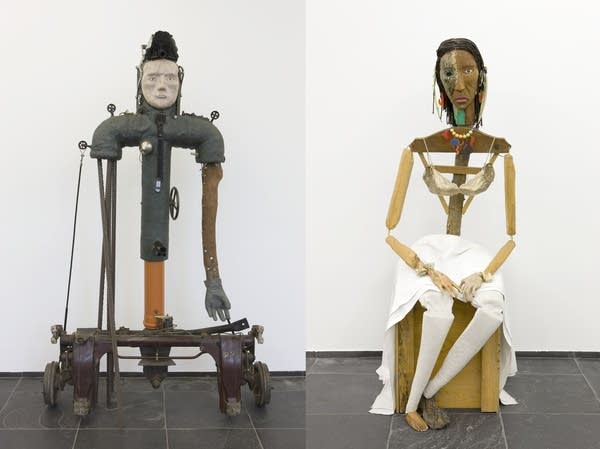Walker faces new Native art controversy

Jimmie Durham, Cortez, 1991-92, left, fiberglass and resin, PVC, metal car parts, leather, glass, acrylic paint, rebar, sheet metal, pulleys, handles, and Malinche, right, 1988-1992.
Dirk Pauwels | S.M.A.K.
Go Deeper.
Create an account or log in to save stories.
Like this?
Thanks for liking this story! We have added it to a list of your favorite stories.


